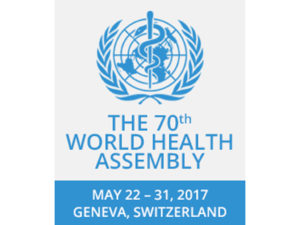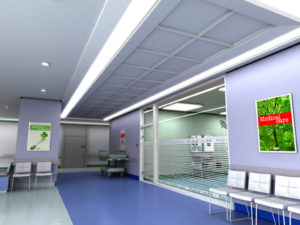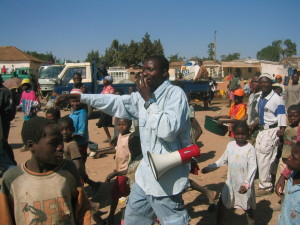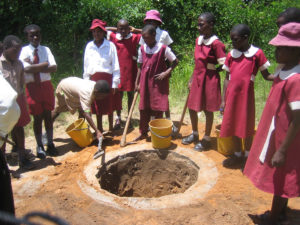Looking to 2030 for Advancement on Sustainable Development Goals
The world is looking to 2030 to see where we are headed. Back in July, there was a conference in Addis Ababa, Ethiopia to revise the current 2000-2015 Millennium Development Goals and to put new ones, more sustainable goals in place that will carry us to 2030. Since 2015 is drawing to a close, “countries are preparing to adopt a new post-2015 development agenda at UN headquarters in September, with an accompanying set of 17 sustainable development goals (SDGs).” One of the newer improvements to the current goals is “a multi-stakeholder forum on science, technology and innovation for a new set of sustainable development goals; and an online platform to facilitate access to information.”
These advancements could greatly allow for improvements to global health since countries not only will have access to up to date information, but resources on how to implement changes based on that information. With that implementation in mind, reaching these SDG’s in the years to come will become more and more of a reality.
How Can RGH Help?
What is important to note is that each country should have their own framework when it comes to setting these SDG’s. Without tailoring these frameworks to each country, the needs of that society and their citizens may not be met. Each country has its own healthcare delivery challenges and diseases it needs to face. The goals, targets and plans that will work in one country, may not work in another. In the past, this hasn’t always been taken under advisement when the MDG’s were set forth by the international community in 2000.
The second part of the strategy RGH advocates for will be to work with countries and donors to develop joint 15-year plans to meet the SDG’s set forth by these conferences and others like it in the future to account for results. If donors are able to back the SDG’s and help make and account for progress towards meeting them, countries could see rapid growth and advancement towards these goals in ways we’ve never seen before. Currently some donors usually give and implement based on a cause or a disease that is affecting the community. Sadly, this may not be in line with the country’s health and development goals. One example of this is polio vaccinations. Considerable nonprofit and donor money goes toward vaccinating against this disease. Instead of vaccinating against one disease, why not strengthen the immunization system and vaccinate against several diseases like measles– which kills more people in third world countries than polio?
Realizing Global Health has been on the forefront of creating sustainable strategies like these for years. Creating this two pronged approach will allow donors and international bodies to empower countries to not only make progress on their SDG’s but create self-reliant sustainable health systems that foster thriving societies. RGH has been spearheading this two pronged approach and will keep doing so. Here at RGH, we want to find solutions that work for this century, not the last one.
WWRGHD is a blog series from RGH where we look at events in the news and share our take on what could be done, or done differently, to improve universal coverage to healthcare in the United States and around the world.
Do you want to know what we think about another topic/issue? Use the social media links below and send us your comments or a new article with the hashtag #WWRGHD? and we will reply with our take on the issue.





